Queer Therapy Talk: What is Pride Fitness?
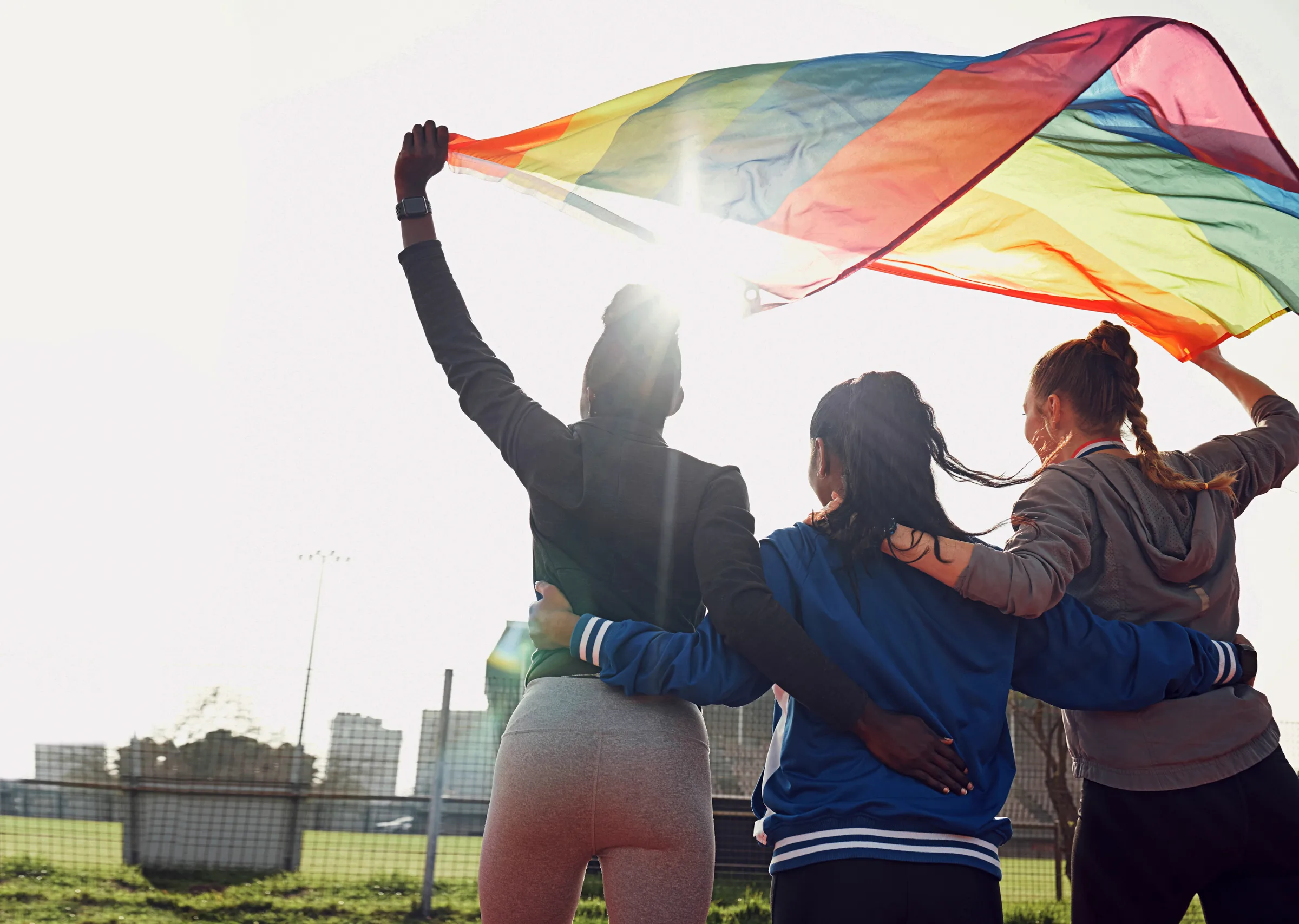
Over his years helping gay clients work through emotional traumas, Craig Freund has witnessed trends relating to shame, self-esteem, and body image. Queer people are more likely to experience body image issues due to being historically ostracized from society.
Healing from internalized shame takes practice, but ultimately leads to a positive feedback loop for your mental and physical health. Craig recommends practicing positive self-talk, setting realistic goals, and celebrating your wins to fight the shame demon and crush your fitness goals.
Craig Freund MA, LPC is a true modern gentleman, psychotherapist, and writer in Denver, Colorado. Craig is passionate about working with men in therapy and in supporting the gay community to reach their true potential in living happy and successful lives. Find him at www.ElevatedCounseling.org.
craig freund

Change the Way You Train
What it Means to Be Proud of Your Body
With June being pride month, it’s appropriate to explore how people in the LGBTQ+ community get healthy and fit. For many of us fitness is valuable and necessary, but folks in the gay community are more likely to experience body image issues than their heterosexual counterparts, which can hold them back from pursuing the fittest version of themselves.
As a licensed psychotherapist who works with gay men, I often hear stories of body shaming, low self-esteem, and body image issues. These experiences are counterintuitive to developing a healthy lifestyle. Victims of body shaming (either internally or externally) are more likely to struggle with eating disorders, or a variety of mental health challenges like anxiety and depression.
So why are members of the gay community more likely to experience these issues?
Shame as a Barrier to Progress
In the mental health world, shame is considered a toxic emotion. Rooted in feelings of negative self-judgement, shame says, “I am bad, wrong, broken, a failure, not good enough.” This kind of thinking is common among LGBTQ+ people not just as a result of modern consumerist society (which affects everyone), but generations of minority stress.
Historically, we have been ostracized or discriminated against. Only in the last decade has approval for gay marriage been embraced by just half of the population.
As we are rejected by society, we internalize that shame. When a young gay child reads about someone like himself being bullied or beaten, he feels his natural self is unfit to be part of society. But carrying shame is not what it means to be proud or to achieve a pride body! In the long-term, shame does nothing for productive behavior changes that lead to being a strong, fit, and healthy individual.
Health and fitness work best when coupled with body positivity.
Recognizing the detrimental impact that shame can have in the LGBTQ+ community, we must look for a better way to motivate and support one another through fitness. As individuals, it helps to embrace the idea that “I am good enough as I am, and that is why I deserve to be healthy and fit. I deserve to feel good.”
While no one is perfect (and perfection is not the goal), being proud and having a pride body is about recognizing that you are good enough just as you are. Embracing that fact means you have enough self-esteem to train for a triathlon, or improve your nutrition, or work on having a strong back squat – because you deserve to feel good physically and emotionally.
Our goal is to create the opportunity for a healthy long-term relationship with your body. And research has demonstrated a strong correlation between mental health and physical health – as we improve one, the other is sure to follow. Celebrating your differences and recognizing the ways in which you are enough supports both your mental and physical health.
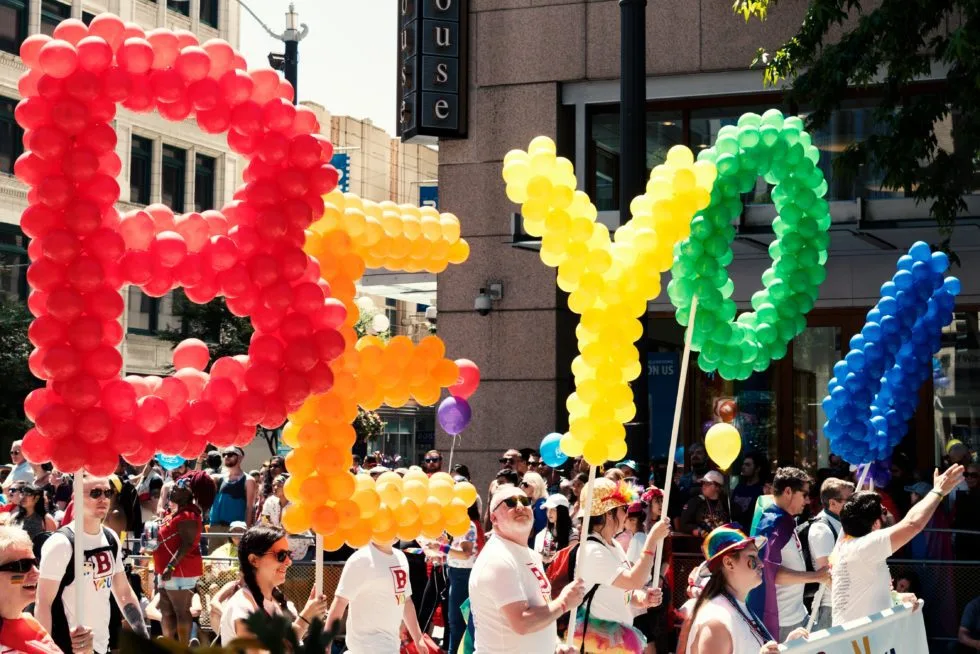
Community Shame
As we work to overcome internal shame, we can start by identifying the ways we might be shaming one another. One of the more central themes of LGBTQ+ pride is community, yet this community can actually be harsh toward its own members. In psychotherapy, we practice becoming aware of unconscious biases and the projection of the shadow (negativity & darkness in the ego).
When we feel shame and insecurity about our own bodies, we project that shame onto others in an attempt to bring them down to our perceived level. In this way, shame perpetuates and spreads like a contagion, embedding negative feelings about our bodies into our psyches. As so many of us in the LGBTQ+ community have experienced a variety of traumas, having compassion and empathy for our shared experiences goes a long way.
In fitness, community can be one of the strongest motivators along your journey. Finding a supportive, inclusive, and empathetic training community can be difficult, especially for those not living in large metropolitan areas. TrainHeroic allows communities like this to grow organically in a digital context. For example, coach Lizzy Bristow (AKA Daddy) tailors her workouts for LGBTQ+ clientele and has created a thriving online community. Her programs like “From Saddie to Baddie” and “Pride Ready” aim to boost self-esteem along with physical fitness, making all genders feel like shooting stars.
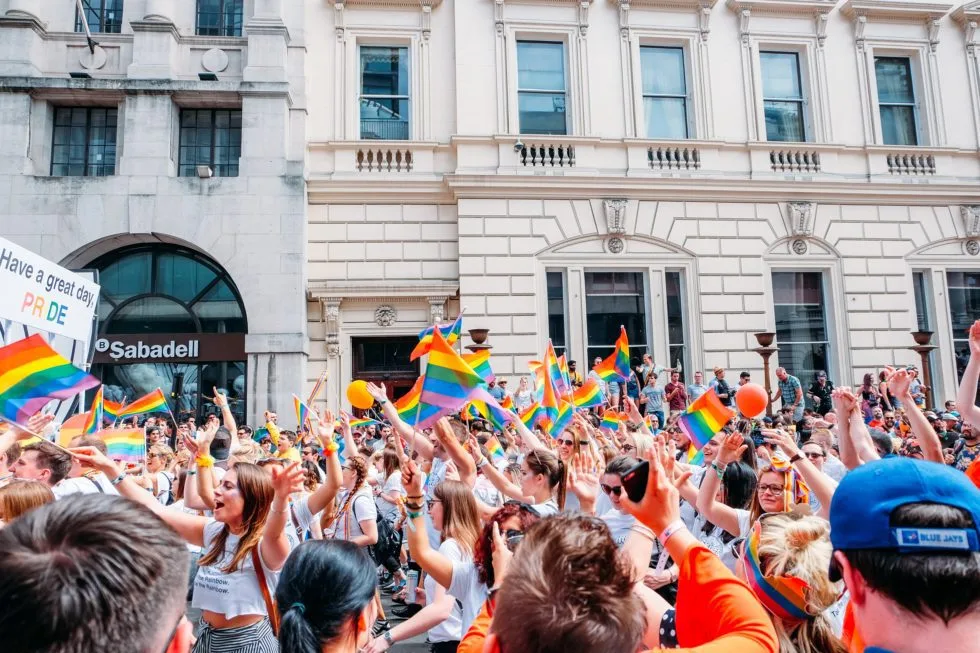
Overcoming Shame
One of the most challenging, pervasive issues in the LGBTQ+ community, overcoming shame paves the way for health and fitness regardless of your body type. Shame limits our ability to maintain positive change and make our health goals happen, since you are more likely to take negative, indulgent actions toward your body if you feel like it’s not worth nourishing.
But shame can’t survive empathy. Having empathy for ourselves and others helps us embrace our imperfect, beautiful bodies inside and out. And having a strategy for responding to shame that incorporates empathy is a key piece of the pride puzzle. The lovely Brene Brown established a strategy for responding to shame called Shame Resilience Theory. Research shows that we need to recognize shame first in order to minimize its detrimental effects.
- First, we call it out for what it is. Identify what the shame is about and any cultural or societal factors that may be contributing to those feelings.
- Second, connect with people you trust who might share your sources of shame. This allows us to receive empathy, and to deconstruct and dispel the reasonings behind shameful feelings.
- Repeat steps 1 & 2 to keep challenging those negative ideas around your self-esteem. Notice your own positive qualities and point out the ones you see in your peers. Handling shame can be an ongoing process that takes regular practice.
Along with having an anti-shame strategy, a few simple steps can support your quest for health and a positive self-image. Start by practicing positive self-talk – encouraging and supportive internal dialogue. Think of it like how you might hype up a friend who is trying to lose weight or get their first pullup. Be your own cheerleader!
It’s also incredibly helpful to have realistic goals. We like to use the SMART acronym: Smart, Measurable, Attainable, Realistic and Time-Based. Expecting to be Mr. Universe in a few weeks will only demotivate and discourage your efforts. But SMART goals hold us accountable and give us something to celebrate as we inch forward one decision at a time.
And don’t forget to recognize your progress. Celebrating your wins – even the small ones – keeps you trending upward. Instead of always focusing on where you want to be in terms of fitness, notice incremental progress like strength gains, weight loss, more energy, or increased self-esteem. The positive feelings associated with progress are a natural reward and dopamine release that sustain our efforts.
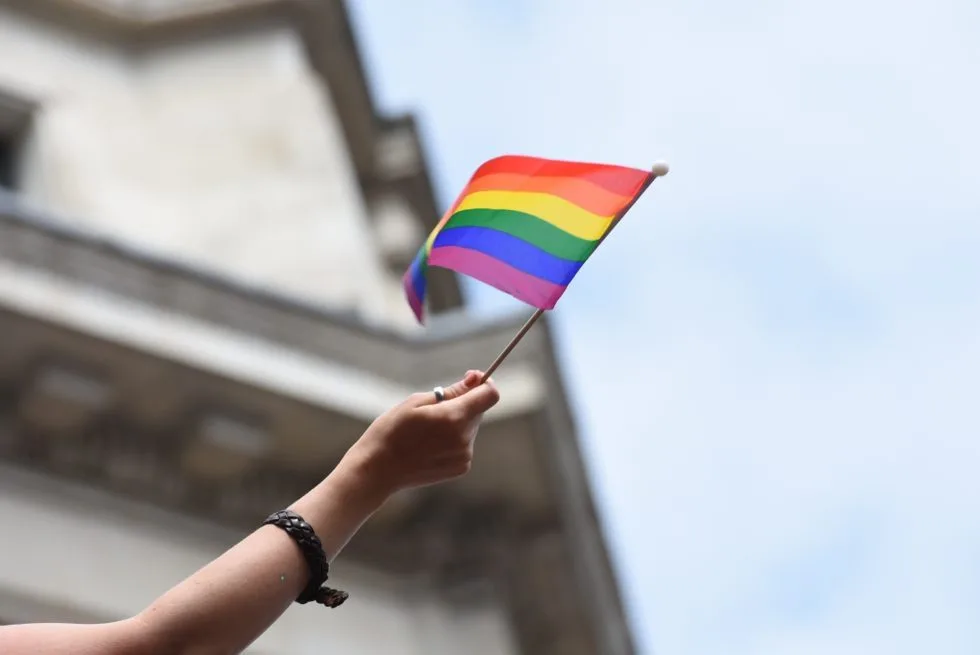
Resources & Pride
Making an effort to achieve your personal proud body is a great way to celebrate pride! And having a supportive community can absolutely get you there. Share your desire to improve your body image with your coach. Find a welcoming, inclusive fitness community that encourages positive, goal-oriented mindsets.
You can tap into LGBTQ+ fitness groups on MeetUp or through your local community center. If you or someone you know is struggling with shame or body image issues, reach out to a licensed psychotherapist for support. Psychology Today is a good place to start especially if you don’t have insurance and need more affordable services. You can also check out Open Path Collective or look for local nonprofits that offer affordable counseling services. Support is out there!
Stay strong and be proud!
TRAIN WITH THE BODY BY DADDY COMMUNITY
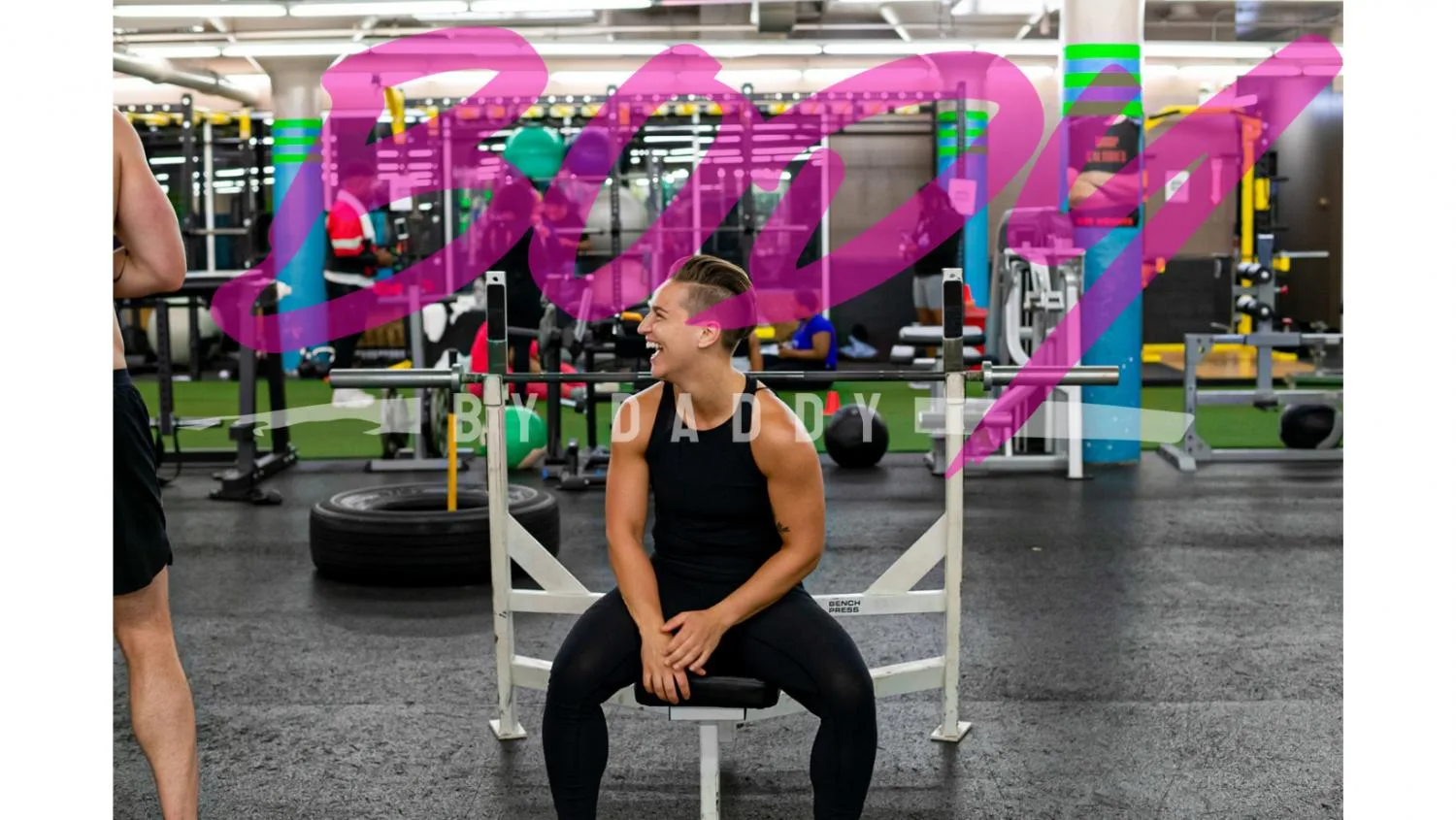
My Lean Machines. My babies that want to go from eating snacks to becoming a SNACK.
If you have access to gym equipment and love strength training with athletic movements this is YOUR TEAM.
Find Your Perfect Training Plan
Sometimes all you need to reach your destination on your fitness journey is an expert guide. We've got you covered. Browse from thousands of programs for any goal and every type of athlete.
Try any programming subscription free for 7 days!
Related articles
3 Ways to Improve Mobility Without Stretching
Are you still trying the endless foam rolling and stretching exercises to get that deep squat position? We know how important mobility is for great, or even GOOD performance. All professional athletes have some comfortability in end ranges of motion. So, what else do...
The Ultimate Guide to Lunges: Queen of all Glute Exercises
Your glutes are the largest muscle group in your body. They’re responsible for almost everything your legs do—walking, running, jumping, squatting, lunging, and just standing upright. As far as moving through space goes, strong glutes are the bedrock of overall...
A Beginner’s Guide to Steel Mace Training
Author: Jesse Grund
Mace training will make you a better mover without it’s not confining you to a fixed space or predetermined range of motion. Second, it’s an offset load with 80 to 90 percent of the weight in the head. You’re also constantly having to resist rotation, which creates greater core engagement.

Join the community
Sign up for the latest training news and updates from TrainHeroic
Support
Made with love, sweat, protein isolate and hard work in Denver, CO
© 2023 TrainHeroic, Inc. All rights reserved.






